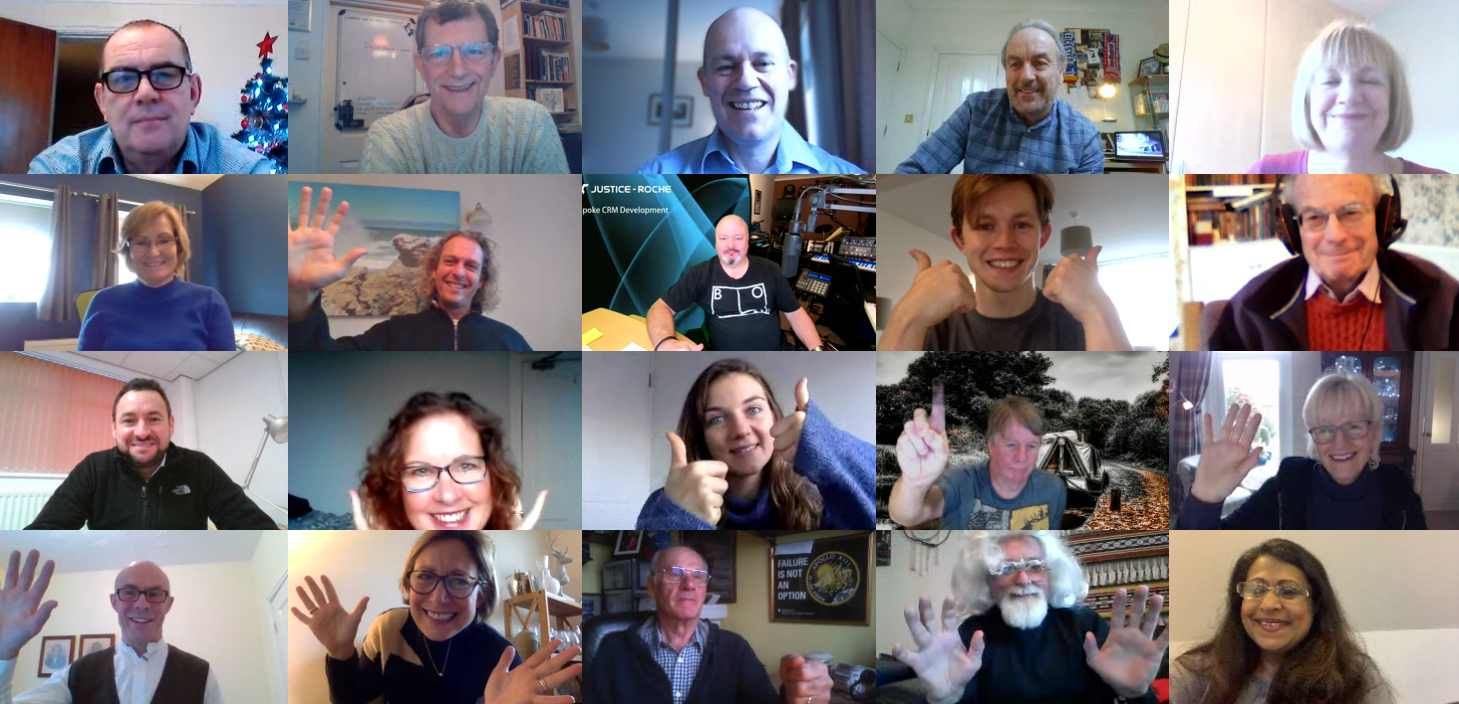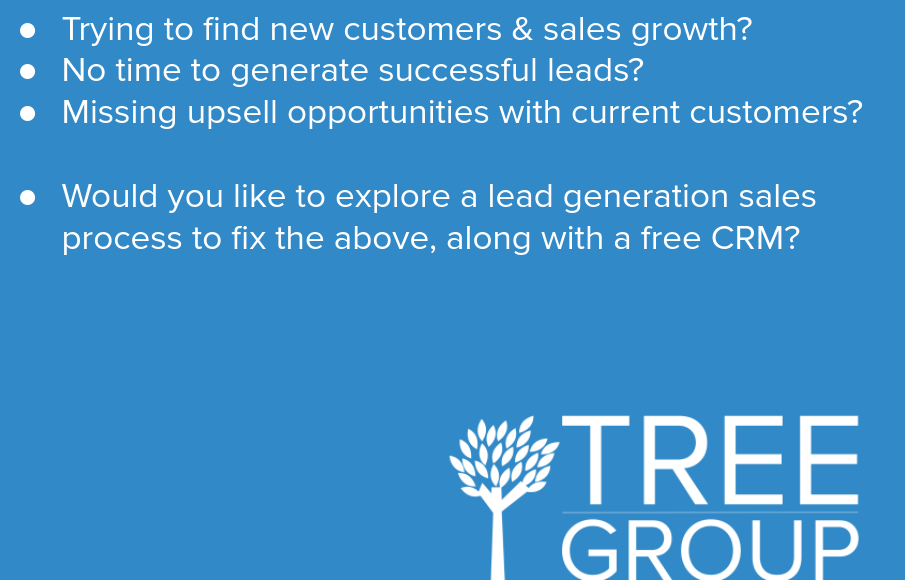The Tree Group often talk to Automotive companies that are suffering from a drop in website and blog traffic. Here’s 5 Top Tips to increase traffic to your blog. Join the #SalesSuperleague.
As always you can read our blog, watch our videos on YouTube, or listen to our podcast on iTunes and Soundcloud…
Why Should You Change Your Search Engine Optimisation (SEO) Strategy?
In the last few years there have been several changes that have meant a massive decrease in monthly blog traffic across the board. Google changed its search algorithm meaning it’s harder to get traffic to your website, social media channels became more unwilling to direct their users off their own site, and people are starting to tire of marketing emails. So what can you do to increase your blog traffic?
1. Create Better Content
Creating interesting and relevant blog content that your followers can relate to is so important when writing a blog post. If people find your content interesting and powerful they are much more likely to engage and share it with their followers. Don’t optimise your content for search engines, optimise it for the people who you want to engage with. Did you know that Google’s search algorithm ranks your content using engagement metrics such as time on site, bounce rate, total traffic to site, brand mentions etc?
You also need to make sure your headline is catchy and interesting. It’s fine to post the same article but with different headlines and see which one works the best for your audience.
2. Use the Topic Cluster Model
Google now wants to know the intentions behind people’s searches. We rely heavily on Google to provide up to date and accurate answers to all our questions. Google will look for content that they deem to be the most authoritative on the subject in order to provide this to the user.
So how do you become Authoritative on a certain subject in Google’s eyes? You need to implement the Topic Cluster Model onto your website. This means that you create several pillar pages. These are a rough overview of a certain topic. After that you either write blog posts that delve deeper into each aspect of the topic, or link suitable blog posts that you have already; these are the cluster pages. You then hyperlink each of the cluster pages to the pillar page and to relevant ones between themselves. This tells Google that your pillar page is an authority on that particular subject. Also if one particular cluster page performs well then it gives the whole cluster a boost. This will drive traffic to your blog and website.
Another benefit to using the Topic Cluster model is that it tidies up your website and blog. Grouping topics that are linked leads to a much better user experience.
3. Develop a Link Strategy
There are 2 main ways to earn inbound links from other websites:
1. Networking with other websites that have a higher domain or page authority score whose content is relevant to yours. Asking these websites to link to your content is a great way to build inbound links.
2. The skyscraper method. This is when you find content that ranks well for your keywords and then write better content. If you use a SEO tool, like Moz, to find the sites that have linked to your competitors content and ask them to replace your competitors link with your own improved content link, you could see a massive increase in that posts organic traffic relatively quickly.
The more links you have going to your website from outside sources, the more Google rates you as an authority on that particular subject.
4. Use Your Old Content
HubSpot discovered that 89% of monthly blog views come from posts that are 6 months or older. It’s time to revitalise and update these older blog posts to ensure they are still relevant to your audience. If you refresh them with new SEO optimisation and new information and republish them you can build on the organic traffic that they have already generated, sometimes doubling or tripling their traffic. This will help you reduce the amount of new content that you need and increase your blogs efficiency.
This strategy works best for blogs that generated a high amount of organic traffic originally, if you have a significant number of subscribers and followers, and have a significant library of old posts that are worth the effort of updating.
5. Reduce Your Website’s Load Speed
Google’s ranking system includes your website’s load time, so you need to reduce this as much as possible. The best way to do this is to compress any images you use. The bigger an image file, the longer it will take to load. Compression works by blending pixels that are of a similar colour, which reduces the image’s resolution and so the file size. The best part is that these changes are so subtle that they are near invisible to the human eye so it won’t affect the overall look of your website. You can use a tool like Squoosh to compress individual images.
SEO is a Constantly Changing Beast
The tactics listed above can help you improve your organic reach with Google, but they could change at any time. The key to a good SEO strategy is adaptability and testing. Keep a close eye on your metrics and be prepared to take action if they start to drop.
To learn more about increasing SEO, start with How Automotive Companies Can Survive the Future.
You might also be interested in…
Our blog series for Automotive companies on Business Growth, How to use HubSpot, and Website design, our podcasts on iTunes and Soundcloud, and our videos on YouTube.
About The Tree Group
The Tree Group is a business growth agency and HubSpot Certified Partner that combines sales, marketing, and websites to help Automotive companies with at least 10 staff and a desire to grow by 15% in the next 18 months. Does that sound like you?












